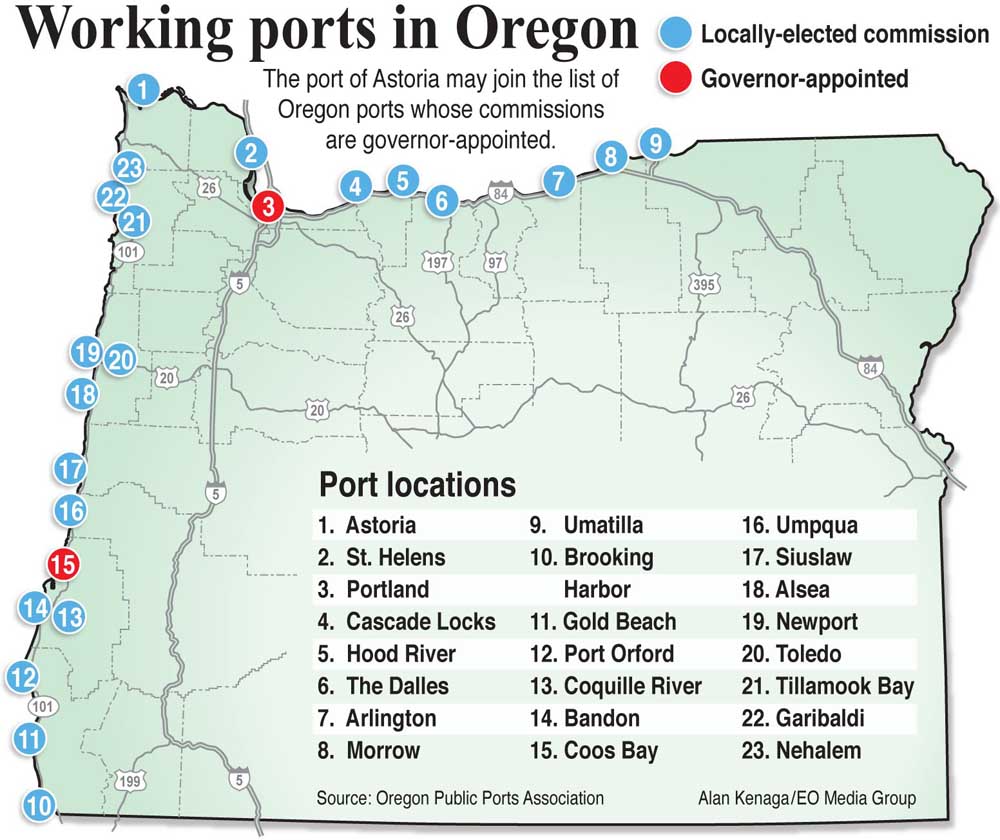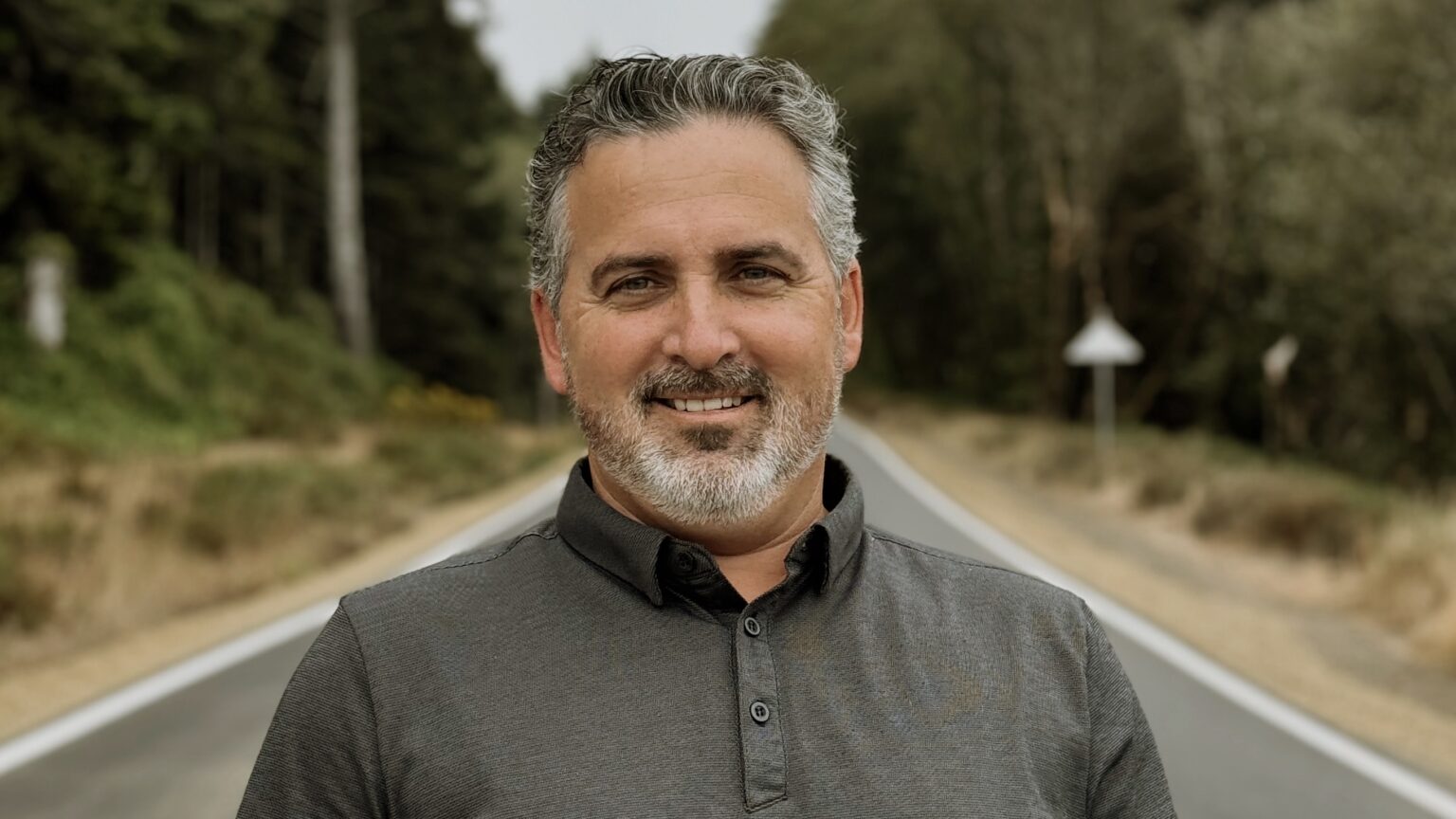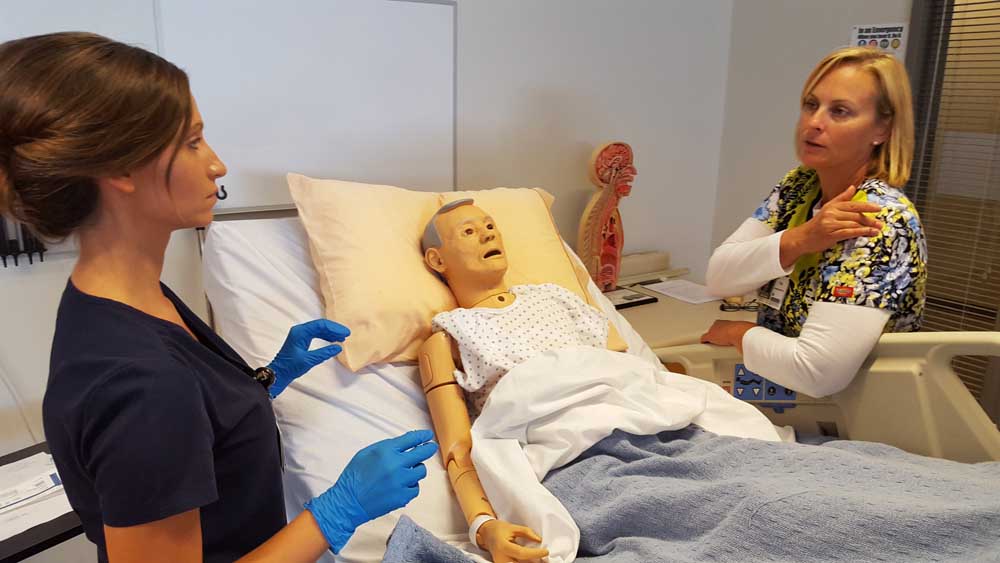Should county follow Coos Bay’s example?
Published 6:44 am Thursday, October 2, 2014

- Should county follow Coos Bay’s example?
COOS BAY — On Sept. 15, 1987, more than 65 percent of voters in Coos County chose to have the governor appoint the Port of Coos Bay’s commission rather than locally elect the commissioners. The measure started as legislation approved in June 1987 by the Oregon Legislature and was referred to voters.
On Jan. 1, 1988, the renamed International Port of Coos Bay became the second of Oregon’s 23 ports with a governor-appointed governing body, after the Port of Portland. The five-member commission was appointed by Neil Goldschmidt, and two members from outside the region were added for the first four years.
The Port of Coos Bay had aspirations beyond what its local tax base, which was facing double-digit unemployment, could handle, said insiders from the agency during the 1980s. The turn toward a governor-appointed commission, they said, was an effort to capture more state attention and resources.
The effort started with the tenure of Gov. Goldschmidt.
“The governor wanted to help channel resources and development around the port as a transportation asset,” said Paul Vogel, now with Pacific Power but then the marketing manager at the Port of Coos Bay. “At the time, Coos Bay was the largest Port between San Francisco and Seattle.”
The Port, he said, had limited resources from a tax base on the southern Oregon coast that had long been facing double-digit unemployment. The change to a state-appointed port, he added, wasn’t born out of crisis, but out of an effort to seek more state support.
“There was a belief … that if we were more like Portland, we’d get more help,” said John Whitty, a lawyer in Coos Bay and a Port of Coos Bay commissioner during the transition, who added that he wrote the legislation to make Coos Bay a state port. His brother, then state Rep. Jim Whitty, introduced the legislation in the House, and state Sen. Bill Bradbury brought it to the Senate.
Once the measure passed the Oregon Legislature and Coos County voted, it came into being on Jan. 1, 1988. John Whitty said the Port’s existing commissioners, including himself, stayed on, replaced as their terms expired. Two commissioners were added from outside the special district, including maritime lawyer Dennis Lindsay from Portland and John Stephens, then the CEO of Roseburg Lumber. Their terms expired in 1990, and the commission went back to five members.
The commission currently includes CEO David Kronsteiner of West Coast Contractors, appointed 11 years ago by then Gov. Ted Kulongoski and now president of the port’s commission; analyst Brianna Hanson with private equity investment firm The Sentient Group; Eric Farm, an assistant area manager for The Campbell Group LLC’s North Bend; Bob Garcia, the tribal chairman of the Confederated Tribes of the Coos, Lower Umpqua and Siuslaw Indians; and James Martin, also chairman of the Coos Bay School District’s board of directors and a former teacher.
“When Kulongoski appointed me, he told me he would support and help,” said Kronsteiner, adding that candidates for the Port’s commission apply online and their applications are vetted by staff before recommendations are sent to the governor. “I think that’s something unique to being appointed.”
Kronsteiner said Coos Bay’s commission provides direction to Port staff but stays out of its way. When commissioners start involving themselves in the day-to-day operations, he added, is when he’s seen problems at other ports.
Opinions remain mixed as to whether the change to a state-appointed commission was an improvement.
Whitty said he wasn’t sure if there were any differences in operation or improvements in the Port. Having state appointments, he added, allowed for a broader group of strong-minded voices.
“The accountability and the financial performance had to be ratcheted up, because now you’re reporting directly to the Oregon Legislature,” said Vogel, adding that the state connection didn’t change the Port’s operation but gave it a better ability to market itself, recruit industry and dredge a local channel.
The connection to the state, said Vogel and Whitty, also helped the Port buy the Coos Bay branch of the Central Oregon & Pacific Railroad in 2009 using Connect Oregon, federal TIGER II, the American Recovery and Reinvestment Act, and the Oregon Lottery and other funds. The rail link runs from Eugene to Coos Bay but had been shut down because of the cost of repairing a collapsed tunnel and other issues. In 2011, the Coos Bay Rail Link reopened, running from Eugene to the coast and south through Coos Bay to Coquille.









